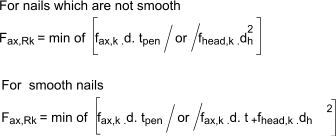| These Pages include various standards. To confirm the status of any standard, identify the replacement standard if it is obsolete and/or purchase the standard please use. It is also possible to become a BSI member and obtain copies of the Standards at much reduced prices. |
Structures Index
Timber Design to Eurocodes Timber Connections
Note:
This page includes notes related to the relevant Eurocodes EC5 ( BS EN 1995-1-1 ). On the Roymech website I have also provided information on timber which relates to BS 5268 Timber Index this is now superseded by the eurocode. My information on the older standards is generally more detailed and much of the information is still relevant.
Introduction....
Formwork....
Standards....
Symbols....
Loading on lateral joints ....
Characteristic Embedment strengths....
Edge and distance spacing.....
Screws....
Nails....
Bolts...
Dowels....
The building structures pages have been added over the six months to Dec. 2012. They are very much work-in-progress and I will be updating them on a regular basis over the next six months.
|
Introduction This page includes notes on design of timber connections including nails, screws, dowels and bolts.
The notes are outline in nature suitable for enabling basic calculations. For detailed design
it is necessary to refer to the actual standard and all of the associated standards. Relevant Standards .
symbols
Load Carrying capacity of nails , bolt, screws and dowels
t1 = head side thickness, t2 = point side thickness.
Single Shear :Characteristic load carrying capacity of nails , dowels screws and bolts and staples per shear plane in line with BS EN 1995-1-1 (8,2,2). Use minimum value from above equations.
t1 = least of head side thickness and point side, t2 = central member thickness (in double shear..)
DoubleShear :Characteristic load carrying capacity of nails , dowels screws and bolts and staples per shear plane in line with BS EN 1995-1-1 (8,2,2). Use minimum value from above equations.
Characteristic Embedment strengths
Nails (not pre-drilled)..fh,k = 0,082 ρkd-0,3 d N/mm2.. Note also applies to screws =< 6mm dia where Minimum Edge and Spacing distances Minimum edge and spacing distances for Bolts...Applicable to screws with d over 6 mm
Minimum edge and spacing distances for Dowels...
Minimum edge and spacing distances for Nails......Applicable to screws with d less than 6mm
Screws Laterally loaded screws. When the smooth diameter of the screw
penetrates the point side of a joint by more than 4.d then def = the smooth diameter When the screw diameter is greater than 6mm the strength /spacing rules applicable to
bolts applies. The embedment strength, connection strength and spacing / distance requirements for screws are shown in the sections above. Characteristic Embedment strengths..... Edge and distance spacing..... Axially loaded screws. withdrawel failure of the threaded portion of the screw minimum edge and end distances and spacings of axially loaded screws are provided in the table below
where
Nails Laterally loaded nails. A nail is either smooth or grooved. The embedment strength, connection strength and spacing / distance requirements for nails are shown in the sections above. Characteristic Embedment strengths..... Edge and distance spacing..... Timber at risk of splitting should be predrilled for nails when As an alternative to this rule the edge distances above may be adjusted such that for ρk <= 420kg/m3 then a4 > = 10 d and for 420kg/m3 <= ρk <= 500 kg/m3 then a4 >= 14d. For one row of nails in a row parallel to the grain ,the load carrying capacity parallel to the grain is
where For nails the effective number of fasteners =
where
Axially Loaded Nails Only nails which are classified as threaded should be used for withstanding axial loads. A threaded nail has its shank profiled or deformed over a minimum of 4,5d and has a characteristic withdrawel parameter fax,k greater than or equal to 6 N/mm2 when measure in timber with a characteristic density of 350 kg/m3 at 20degC and 65% humidity Only the threaded part of the nail is considered capable of transmittting axial loads. The characteristic withdrawel capacity of nails Fax,Rk for nails driven in perpendicular to grains should be taken as the smaller values from the equations below
where Timbers at risk of splitting include douglas fir and Spruce. Bolts Laterally loaded bolts For one row of n bolts parallel to the grain direction, the load-crrying capacity parallel to the grain, should be calculated using the effective number of bolts nef wher
where For loads perpendicular to grain the effective number of bolts = n ef = n The embedment strength, connection strength and spacing / distance requirements for bolts are shown in the sections above. Characteristic Embedment strengths..... Edge and distance spacing..... Axially loaded bolts The axial load capacity of a bolt should be taken as the lower value of The bearing capacity of a washer should be calculated assuming a characteristic compressive strength on the contact area of 3,O fc,90,k fc,90,k = characteristic compressive strength of timber perpendicular to grain.The bearing capacity per bolt of a steel plate should not exceed that of a circular washer with a diameter which is the minimum of : 12t or 4d ..(t is thickess of plate and d = diameter of bolt. Dowels The various statements applying to bolts as provided above apply except for the spacing and end
distances. | ||||||||||||||||||||||||||||||||||||||||||||||||||||||||||||||||||||||||||||||||||||||||||||||||||||||||||||||||||||||||||||||||||||
Useful relevant Links
|
|
Structures Index
Timber Design to Eurocodes
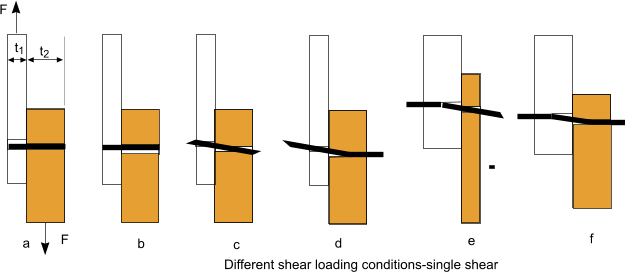
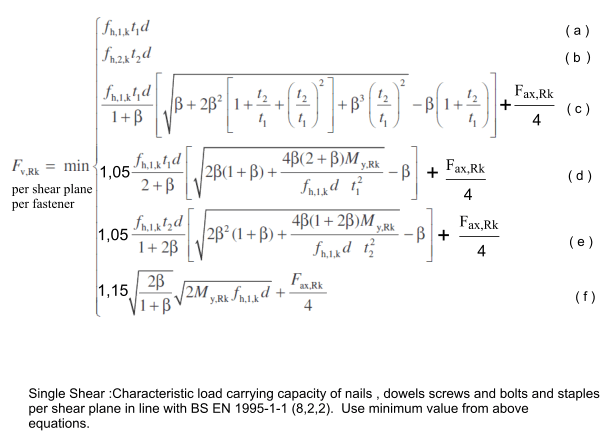
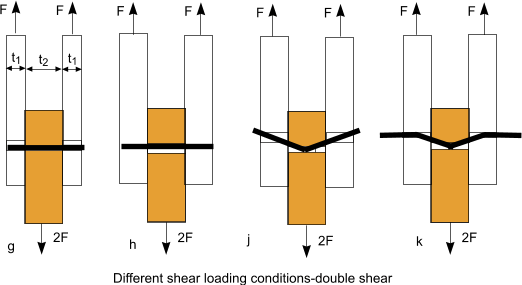
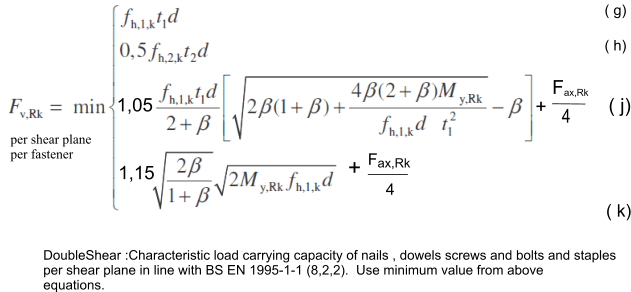

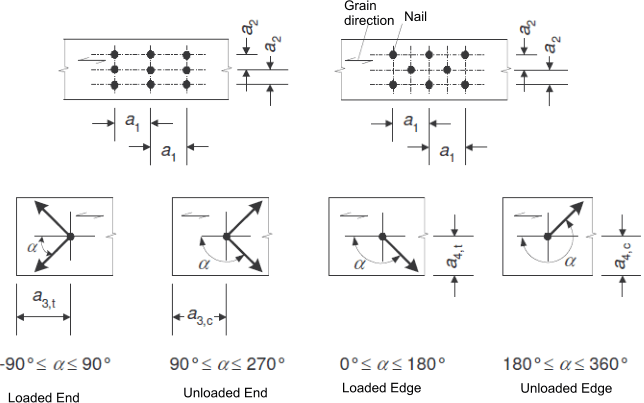
 /p>
/p>
